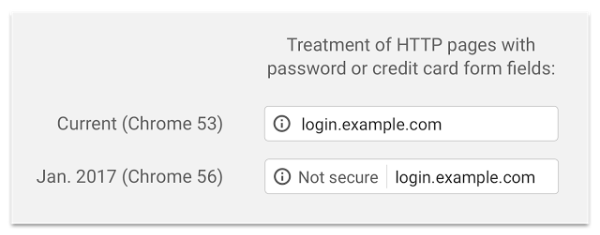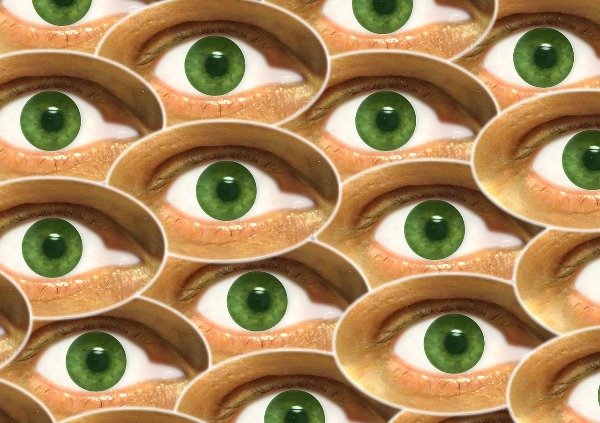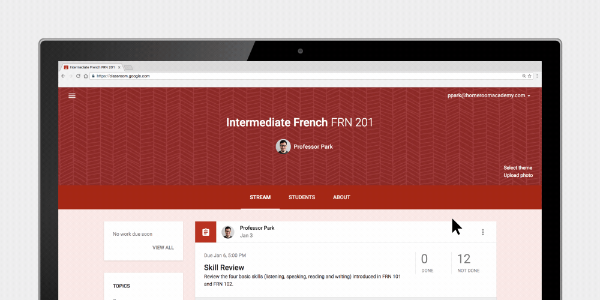Does Google Chrome Think Your Site Is Secure?
The hosting/domain service GoDaddy sent me an email about their Website Scanner. It is a free tool that scans your website for two things: 1) Forms that handle login or payment information. 2) The installation of an SSL certificate.
Both are good things, though not necessarily things that people doing blogs or personal websites know much about or deal with regularly. The thing is that this determines whether your site will display warnings to visitors who are using the latest Google Chrome browser version. Those warnings will scare many users into thinking your site is insecure or a phishing scam.
Should I scan my website? you ask. I suppose you should to find out if it uses unsecure forms. If it does, Chrome 56, released in January 2017, will display a “not secure” message (like the one shown below) to visitors.
Of course, it's not a bad idea to check for unsecure forms by scanning your website to identify form fields that collect personal information without an HTTPS-encrypted connection. I ran the scanner on this site and others that I own. On Serendipity35, it returned a error for an unsecure form. The form turns out t be part of our administration settings and it wasn't really relevant to users.
On my other sites, I got back a "Chrome approves" message "Your site won’t be impacted by the Chrome 56 release" BUT also it said I should "consider getting an SSL certificate to boost your site’s Google ranking."
An SSL certificate (SSL stands for Secure Sockets Layer) is a global standard security technology that enables encrypted communication between a web browser and a web server. Millions of online businesses and individuals use them to decrease the risk of sensitive information (credit card numbers, usernames, passwords, emails, etc.) from being stolen or tampered with by hackers and identity thieves.
You have probably noticed the HTTPS on website addresses and a "lock"that gives visitors more of a sense of security that their information is encrypted and safe.
Of course, there are no absolute guarantees of security, but not using HTTPS and other security tools already affects your site’s search engine ranking, and in the future could result in your site actually being labeled not secure by Google and other search engines.


 Blockchain is the backbone of Bitcoin. It's a technology that adds levels of trust, authentication and recordkeeping. I suspect many of you reading this have not heard about it. Those of you that have learned about it probably don't see an immediate connection to education.
Blockchain is the backbone of Bitcoin. It's a technology that adds levels of trust, authentication and recordkeeping. I suspect many of you reading this have not heard about it. Those of you that have learned about it probably don't see an immediate connection to education.  EDUCAUSE has published "
EDUCAUSE has published "
